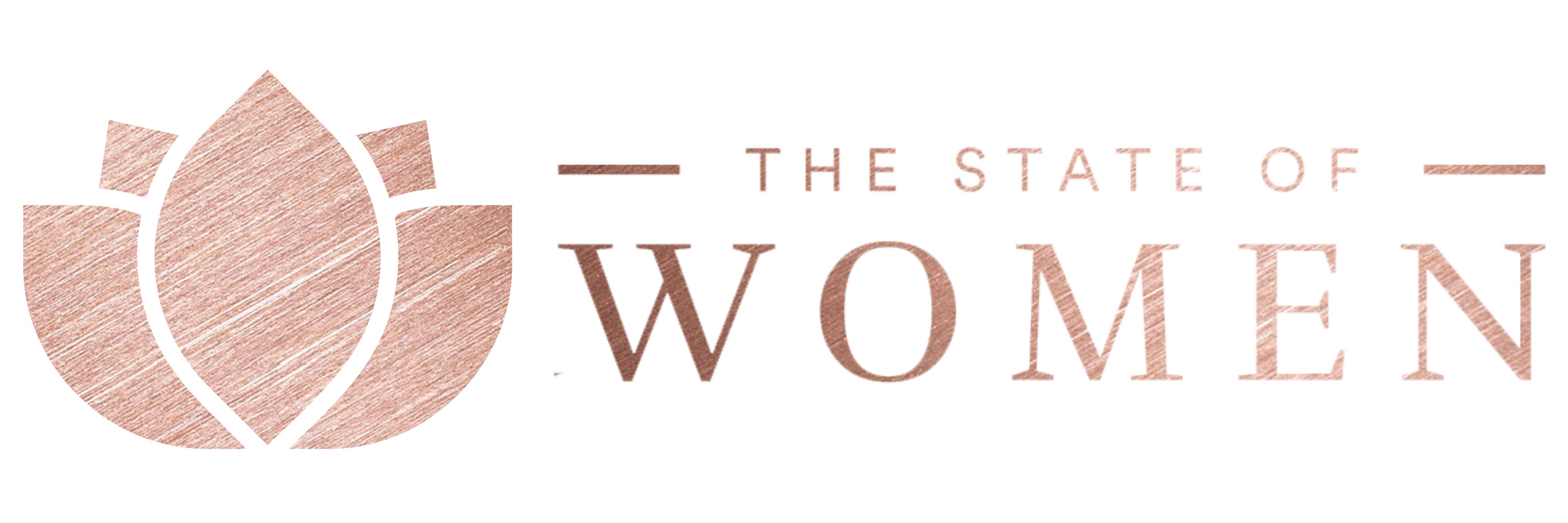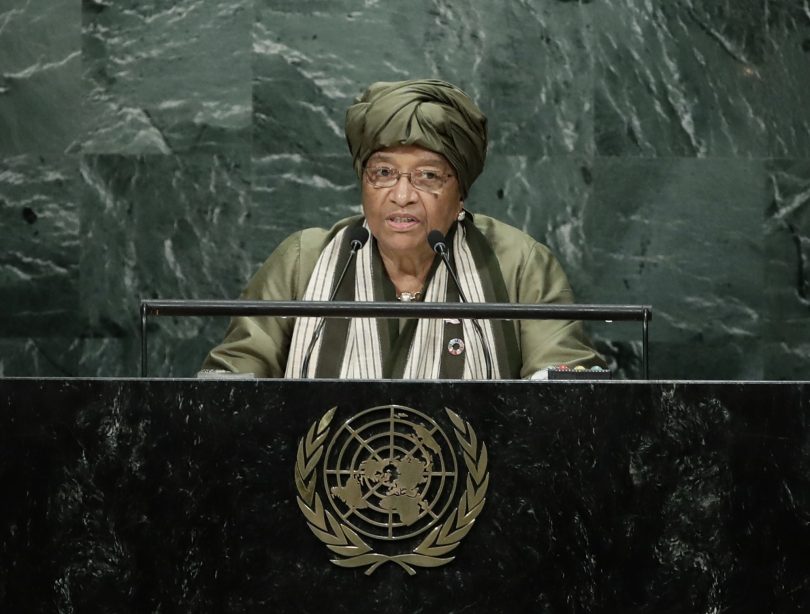This article originally appeared on the Women & Girls Hub of News Deeply, and you can find the original here. For important news about issues that affect women and girls in the developing world, you can sign up to the Women & Girls Hub email list.
By Christine Chung
Studies of women’s political participation tend to focus on totting up MPs and cabinet ministers. A pilot investigation into women’s leadership in African governments and legislatures adds two new indicators to look at their influence, not just the numbers.
Around the world, the percentage of women in parliaments has almost doubled in the past 20 years. But that still means only 22.8 percent of all national parliamentarians were women as of June 2016. Despite pockets of progress on gender equality and women’s participation in public and political life, many countries are slow to improve on women’s political empowerment. To get the measure of the problem and work toward a solution requires comprehensive data. The Women in Politics Map by the Inter-Parliamentary Union and U.N. Women provides some numbers and global rankings for women in executive government and in parliament at regional and national levels. But other data is harder to come by.
To address that gap, the International Republican Institute (IRI) recently launched a pilot study of women’s political leadership in Africa. “Women’s Political Empowerment, Representation and Influence in Africa” is an index of women’s representation and leadership at the legislative and executive levels across 29 countries. Women & Girls Hub spoke with IRI’s Director for Global Initiatives and Senior Adviser on Gender Michelle Bekkering and Senior Applied Learning Specialist Matt Baker about how the study is different and what’s still missing.
Women & Girls Hub: Why is this study important?
Michelle Bekkering: Often when we’re talking about numbers, we’re talking more about representation. How many women occupy seats in the parliament? How many lead executive ministries? How many heads of state, etc.? However, that does not sufficiently capture the true complexity of gender equality, especially when we’re looking in the field of women’s political leadership. One of the things we noticed early on was the sheer numbers are not really telling the story, but the numbers are so vital.
Matt Baker: That was the bulk of the time that we spent, collecting this data. We collected two new indicators, information that hasn’t previously been systematically collected on African countries: the percentage of women who head up committees in parliaments and the percentage of the national budget that’s headed by women ministers. In many cases, we had to resort to some pretty creative means to get that data.
Women & Girls Hub: Can you give us an example of those creative means?
Baker: In some cases, we were talking to multiple different CSO [civil society organization] activists on the ground to have them find the information that isn’t necessarily online and have them scan or fax some of the requisite documents to help us validate the information. We have a pretty good regional presence and so that enabled us to gather information in places which ordinarily would be quite challenging.
The Women’s Democracy Network has a number of chapters in Africa, so we had access to a number of women who were involved in politics as well as in civil society on the ground in many of the countries that we sampled. We started out trying to get information on every single country in Africa, including North Africa. In the end, we were able to get 29 countries out of the 50-odd in the continent. Even that, just over 50 percent, was a challenge.
Women & Girls Hub: What were your main takeaways?
Baker: The rankings in and of themselves are interesting, but they’re a snapshot in time, and much of the data was from 2014. It can tell us countries like South Africa, Rwanda, Cape Verde and Uganda were at the top end, while countries like Sudan, Democratic Republic of the Congo and Zambia were trailing at the bottom.
The most interesting thing was our ability to look a little bit deeper at the interactions between the data that we collected. What we found out validates much of what’s in the academic literature, in terms of more women in parliament being actually associated with more women in leadership roles on committees. That was one of the new indicators we collected. Similarly, we noted that there was a positive relationship between the percentage of women who headed up ministries and the percentage of the national budget managed by women.
Traditional gender roles still appear to play a pretty strong role in terms of what portfolios the women lead. For example, in 20 of the 29 countries that we looked at, women headed up ministries of social development, welfare or those related to family and children. They’re a lot less likely to be heading up ones related to defense and foreign affairs and the like.
The other thing that was interesting was to look at how the levels of democracy in each country interact with the rankings. Once you include a measure of democracy – and we used a policy measure that’s commonly used – we equally weighted the four indicators on the one hand and the level of democracy on the other. That showed that the rankings definitely adjusted. For example, Rwanda, which performs relatively well in the index that doesn’t include a [democracy] measure, drops down drastically. Which is perhaps not surprising, but at least it validates the fact that there is an interaction effect between the level of democracy and performance in terms of women’s ability to engage in the political process.
Women & Girls Hub: What are your next steps?
Bekkering: Ideally, we would undertake similar studies in the other regions so we could have a great global mapping of where women’s legislative and executive leadership and influence lie, but what we’d like to do is add more indicators. For instance, once we were going through this current pilot study, we recognized that we were really looking at representation from a descriptive lens. To the extent where women were present, they were in these positions of leadership. We’d like to take that to the next level and really look at what is substantive representation. Having women in both the executive and the legislature, to what extent are they able to really shape policy, or to enact and influence reform that directly benefits women and children as a group?
That would require us developing new indicators to look at, again, beyond the descriptive numbers and looking more substantially at how are they exerting that influence.







